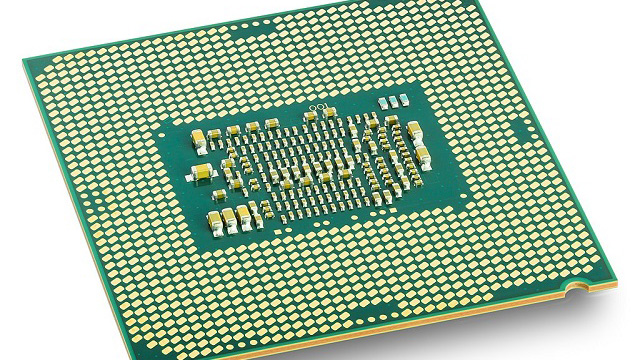Intel is reportedly readying new 10-core Comet Lake CPUs, that are expected to launch sometime next year. The Intel Comet Lake architecture is planned to continue the company’s 14nm production process, and offer up better performance over the current Coffee Lake architecture.
Intel Comet Lake S desktop processors are rumored to include up to 10 cores on the fourth 14nm process. A post on a Taiwanese forum claimed that the 10-core chip was mentioned during a partners meeting. The 10-core Comet Lake S chip is expected to support 20 threads using Intel’s Hyperthreading technology. This move may be interpreted as a response to Intel’s rival AMD’s plans to begin producing CPUs on its 7nm Zen 2 architecture in the near future.
The new 10-core Comet Lake CPU is expected to be designed for the LGA115x desktop platform, and will use a dual ring bus to help with thermal dissipation. The current generation of Coffee Lake CPUs, in particular the Core i9-9900K, have been criticized for mediocre heat dissipation.
A 10-core mainstream desktop processor would push beyond the 8-core limit seen on mainstream AMD and Intel chips. While both company’s offer extremely expensive CPUs ranging from 16 to 32 cores, those chips require expensive motherboards and run for thousands of dollars each. The cheaper Comet Lake S CPU would fall more in line with Intel’s Core i9 series.
WCCFTech suggests that the new processor could retail around the $550 range, but that could be higher depending on chip supplies. The Comet Lake range of CPUs is expected to launch sometime late next year, while the AMD Zen 2 line is rumored to release in mid-2019.
Intel’s continued reliance on the 14nm process is unsurprising, as the company’s “tick-tock” manufacturing development was eliminated in recent years. Intel had been on a run of shrinking process nodes, going from 45nm “Bloomfield” in 2008 to the 14nm “Boadwell” in 2014. Intel has continued to struggle with producing 10nm at high enough chip yields, and as a result have continued to produce 14nm processors.







